
With discussions covering everything from artificial intelligence and robotics to the costs associated with using recycled glass as an alternate to sand, yesterday’s TREMS industry event held at the University of Southern Queensland brought together industry, government and academia to tackle how we can redefine our waste as valuable resources and reduce landfill.
Opened by Professor John Bell DVC (Research and Innovation) UniSQ we were captivated by key-note speakers Kylie Hughes, Paul Rocker, Wayne Manners and Ian Clarke who shared updates on policy and industry innovation to kick-off an enormous day of research presentations.
The TREMS Hub is led by Professor Sujeeva Setunge Associate DVC Research and Innovation RMIT and Deputy Directory Prof Priyan Mendis from the University of Melbourne.
Special thanks to UniSQ for hosting us and Weena Lokuge for coordinating.
The Hub is funded by contributions from the ARC Australian Research Council, Industry and the participating Universities.
Pictures from the TREMS 2023 Mid-year Industry Event below:
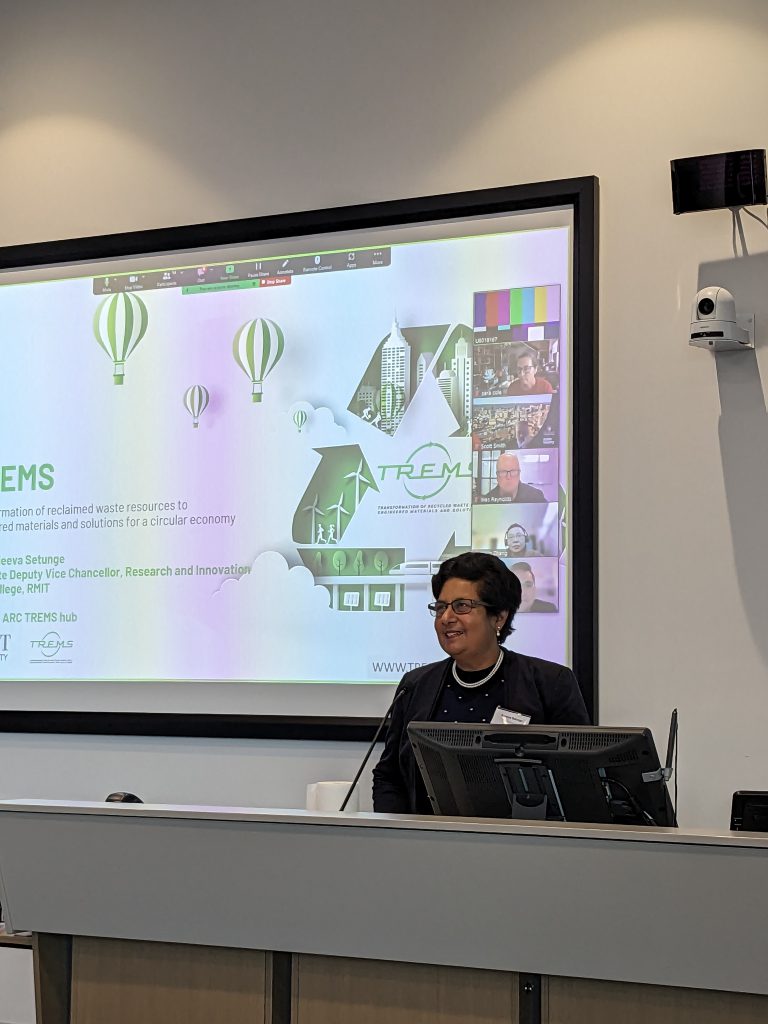
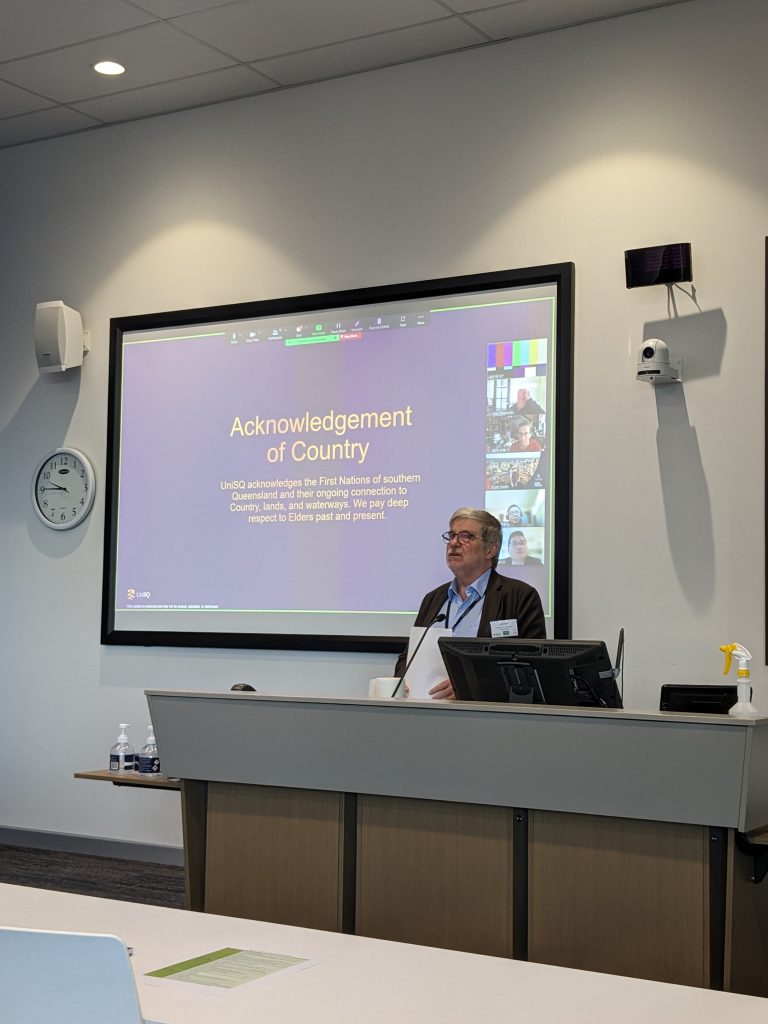
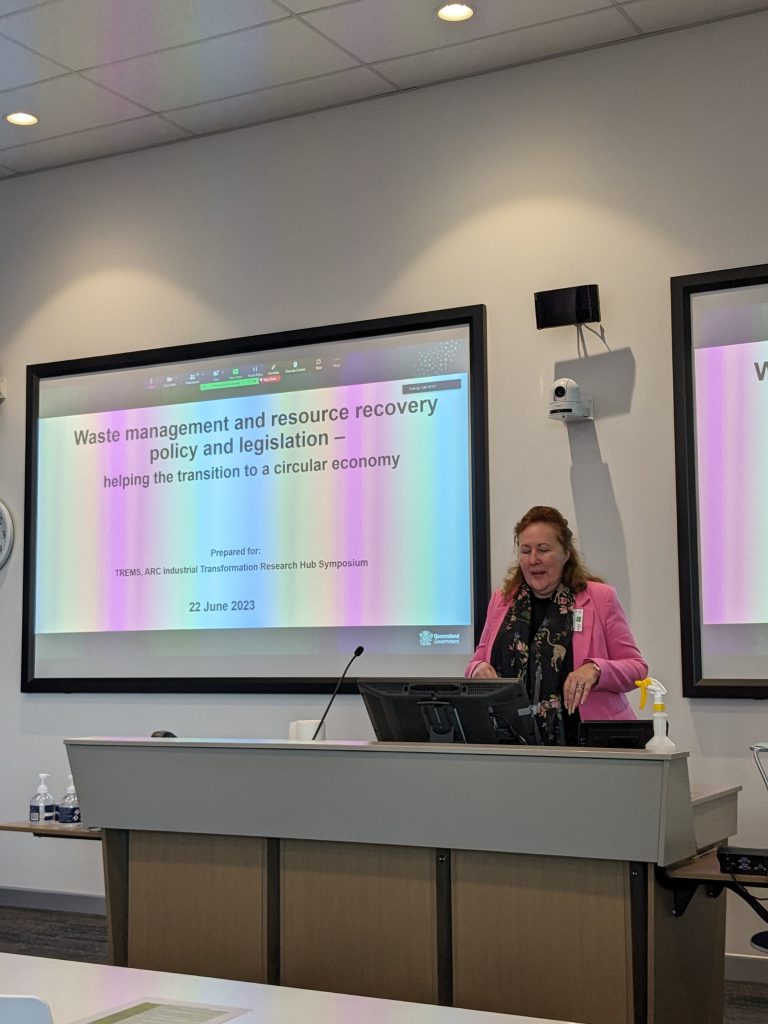
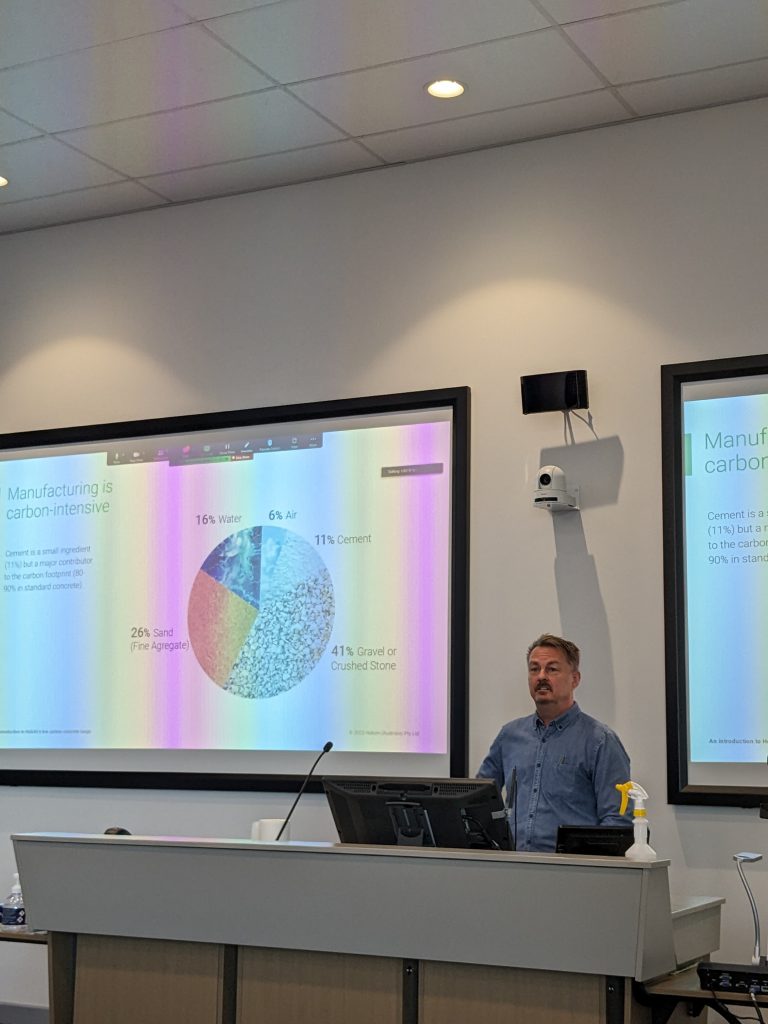
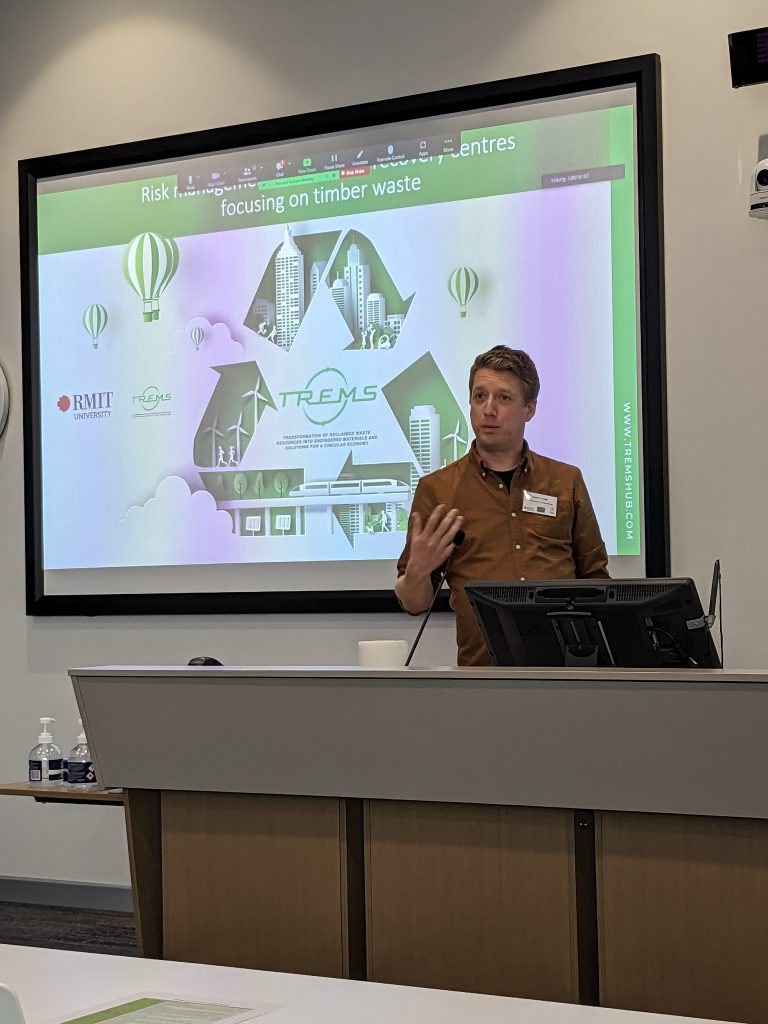
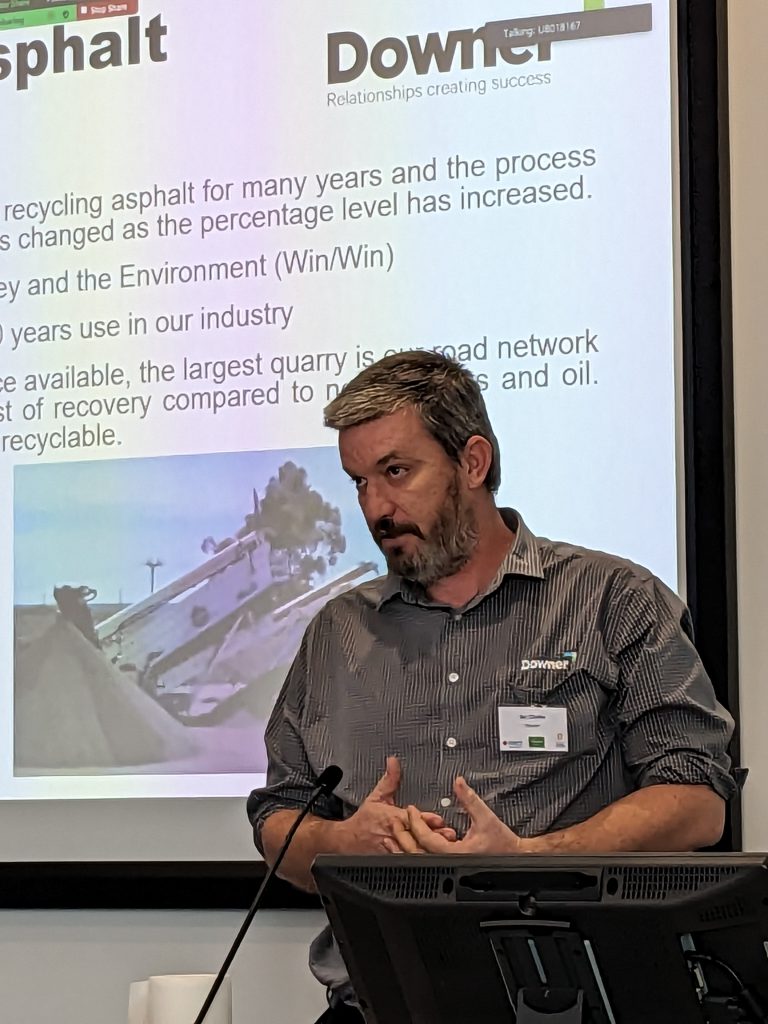
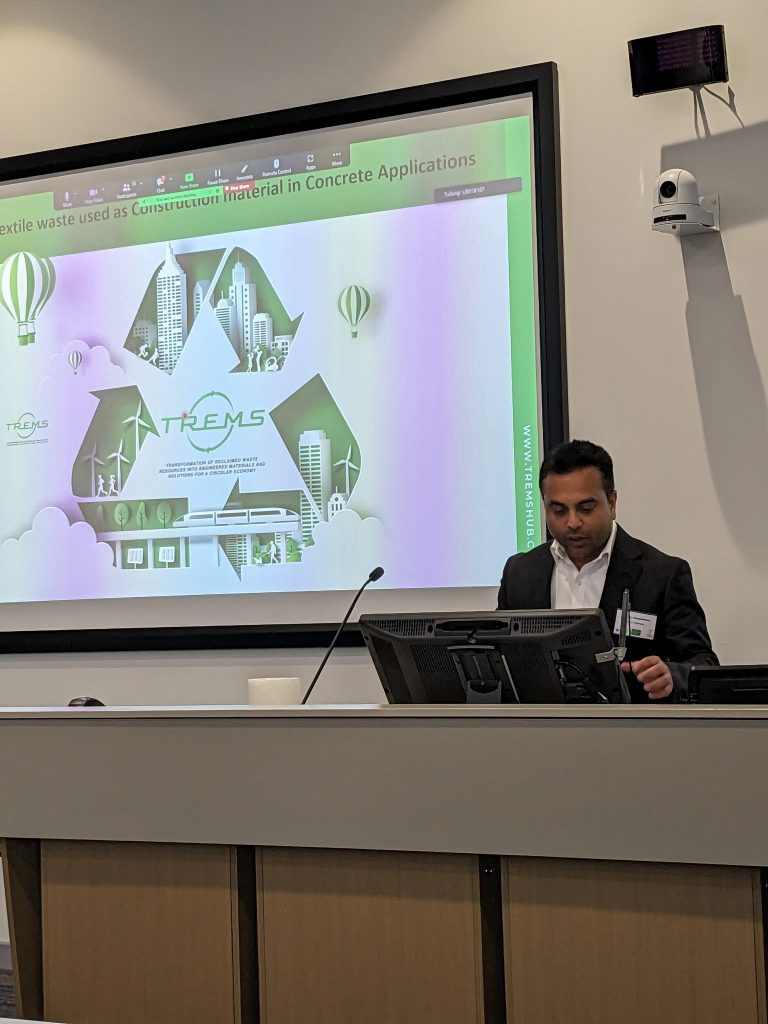
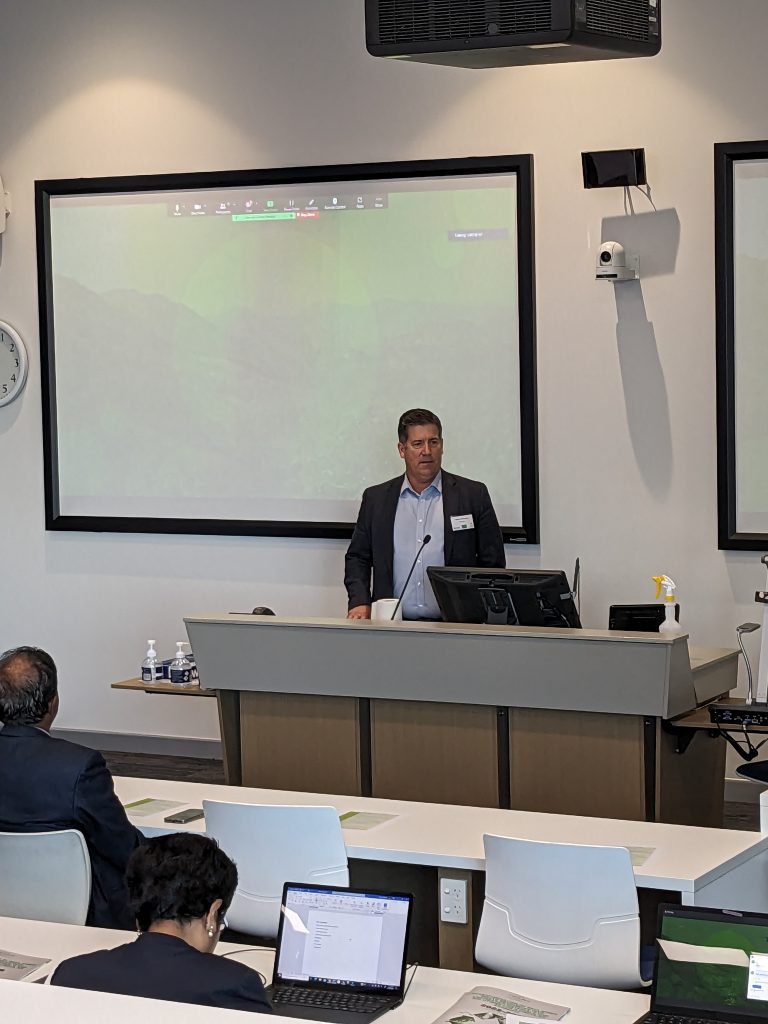
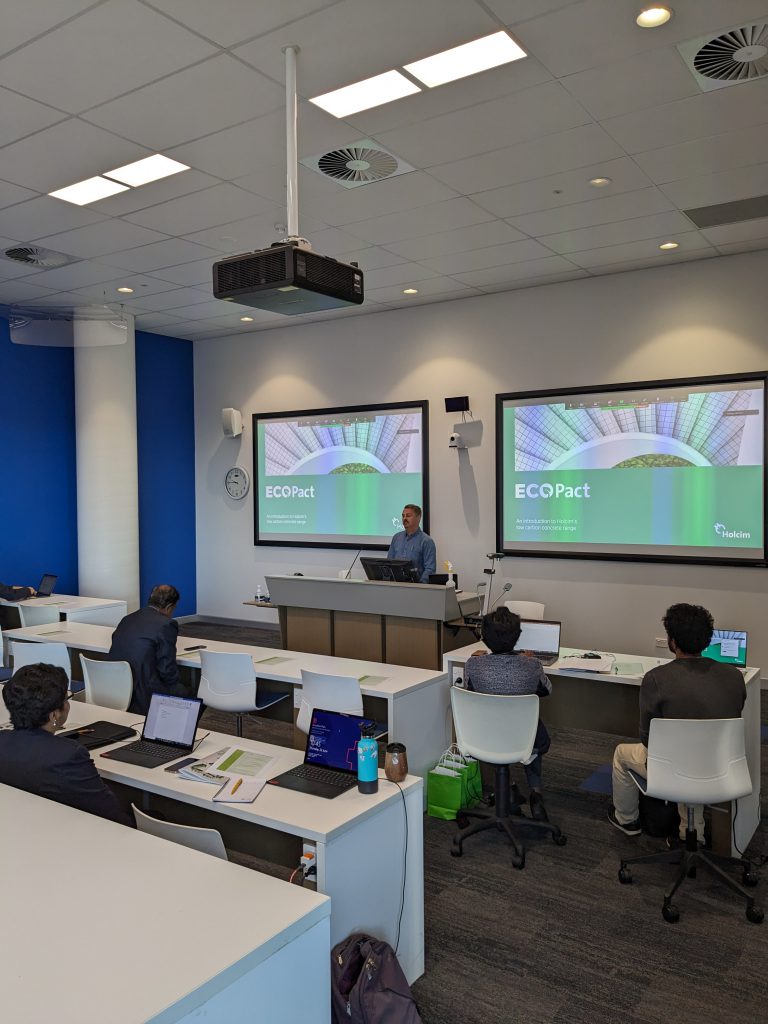
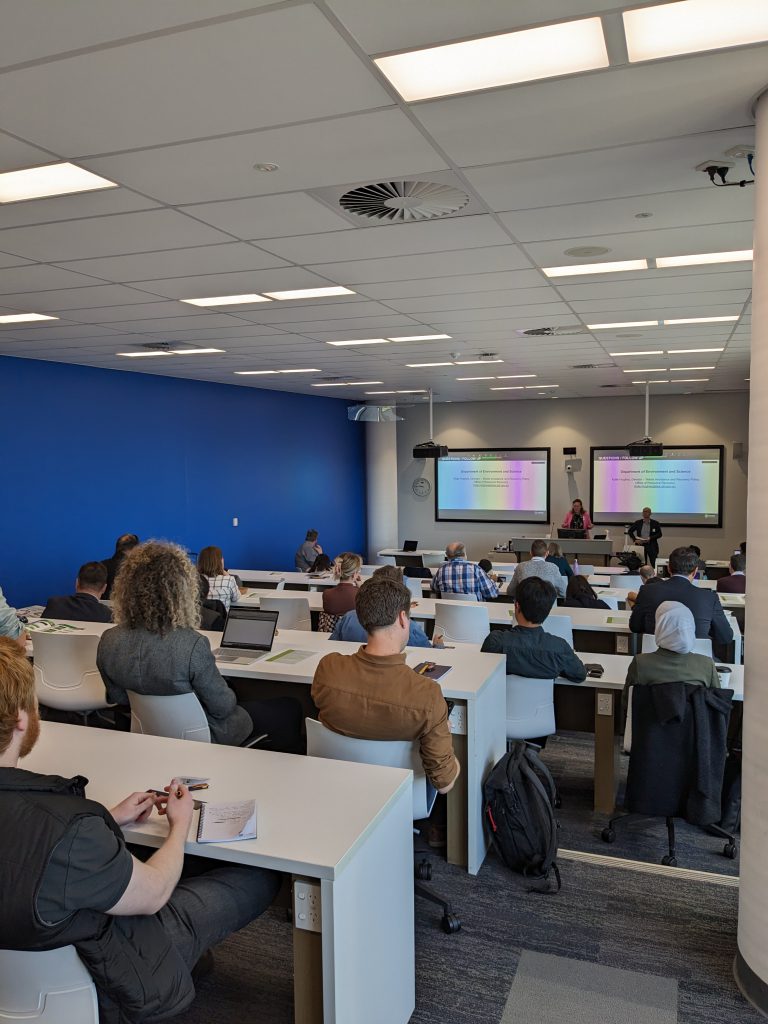
Minimising kerbside waste in apartments
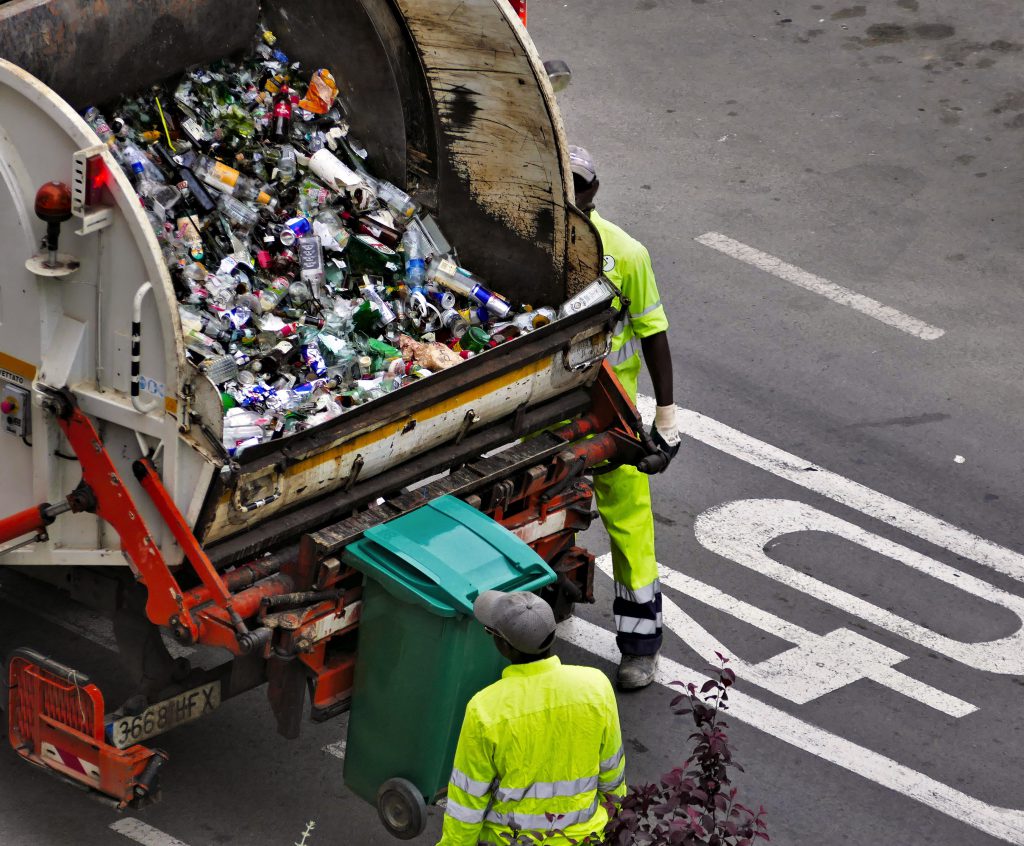
Researchers at RMIT University, Melbourne, Australia are keen to speak with householders in London, UK in apartments and multi-unit developments with shared waste infrastructure.
Participation involves a 60-90-minute interview including taking a researcher on a tour of your kitchen and apartment building and having a chat about waste-management practices in your housing.
If you qualify to participate in our research you will receive a GBP 40 gift voucher* to thank you for participating.
Interested in participating, or just finding out more?
Register your interest
By email: [email protected]
Or call Bhavna: +61 3 9925 4891
All researchers will follow COVID-safe procedures as required.
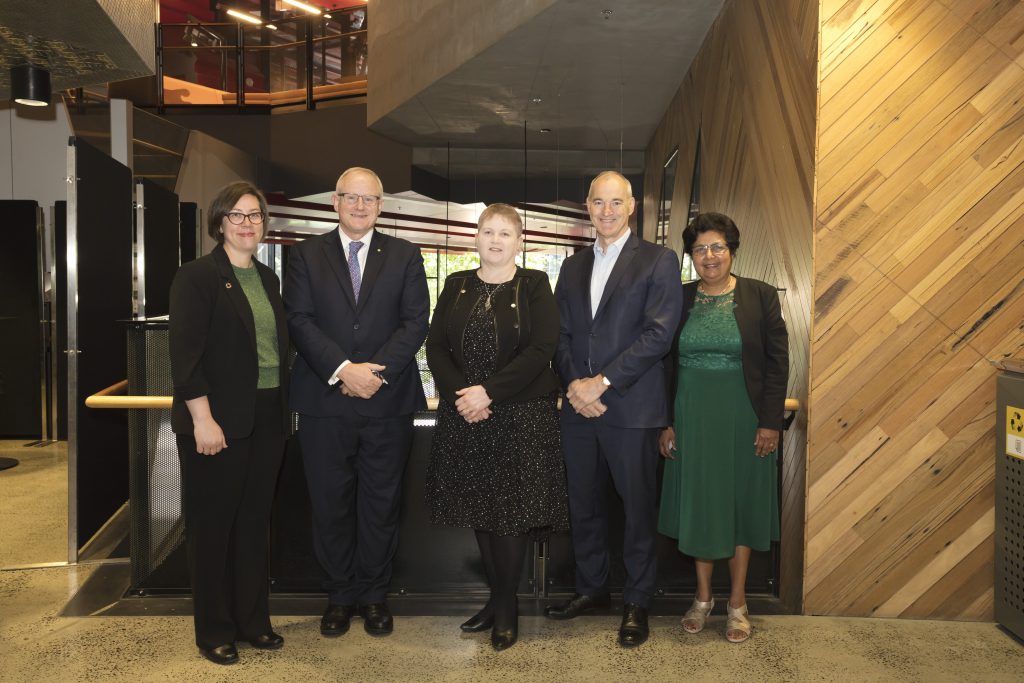
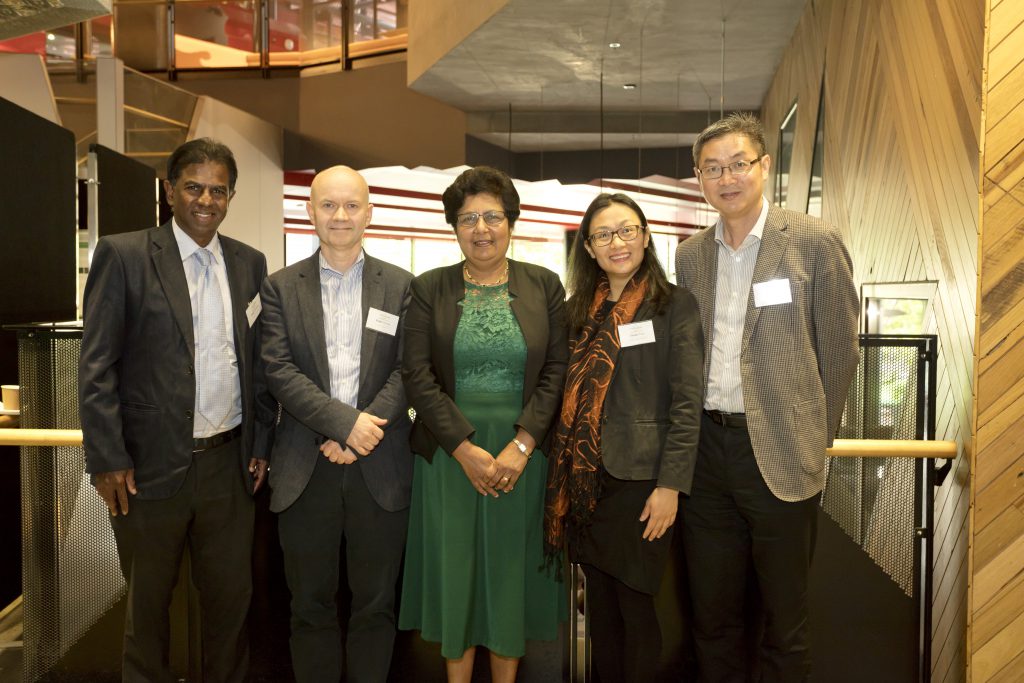
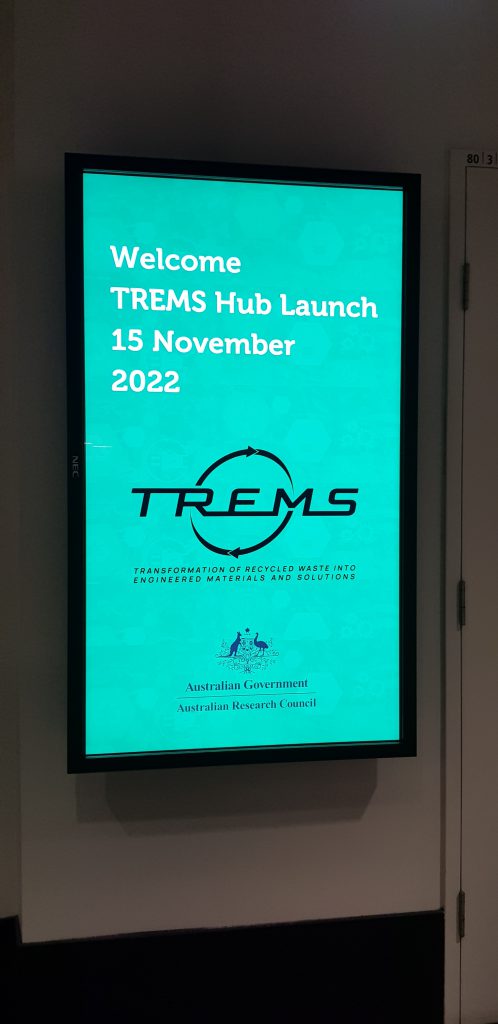
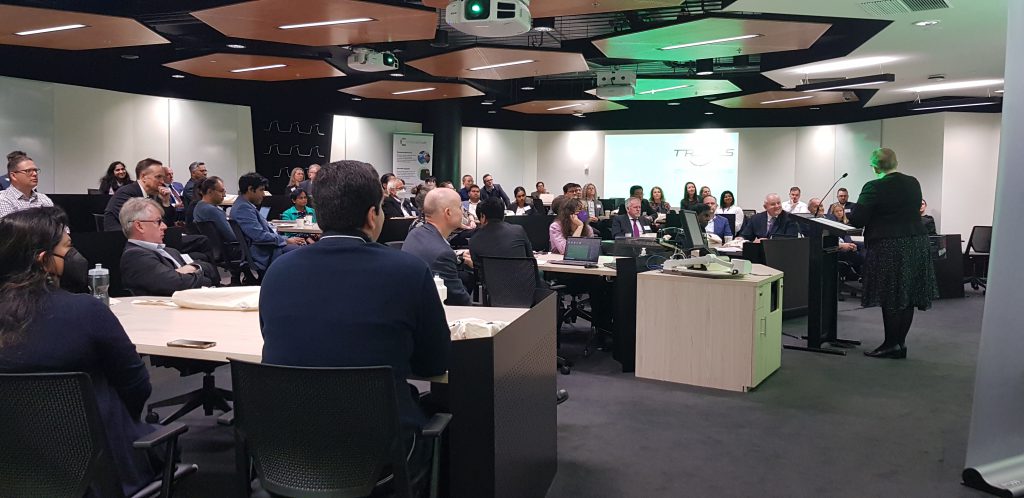
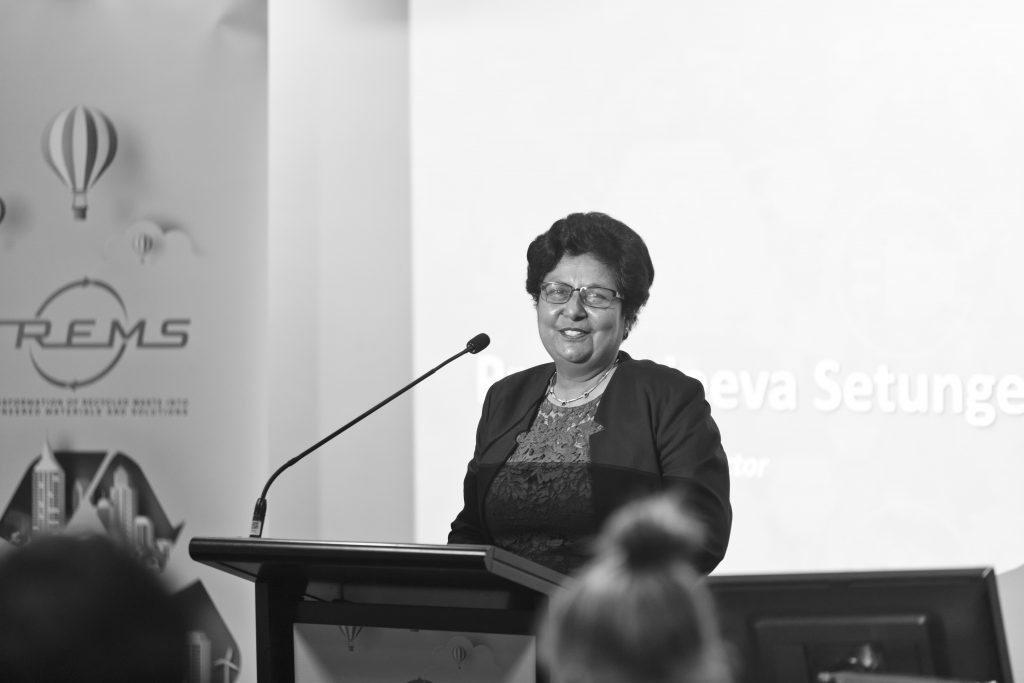

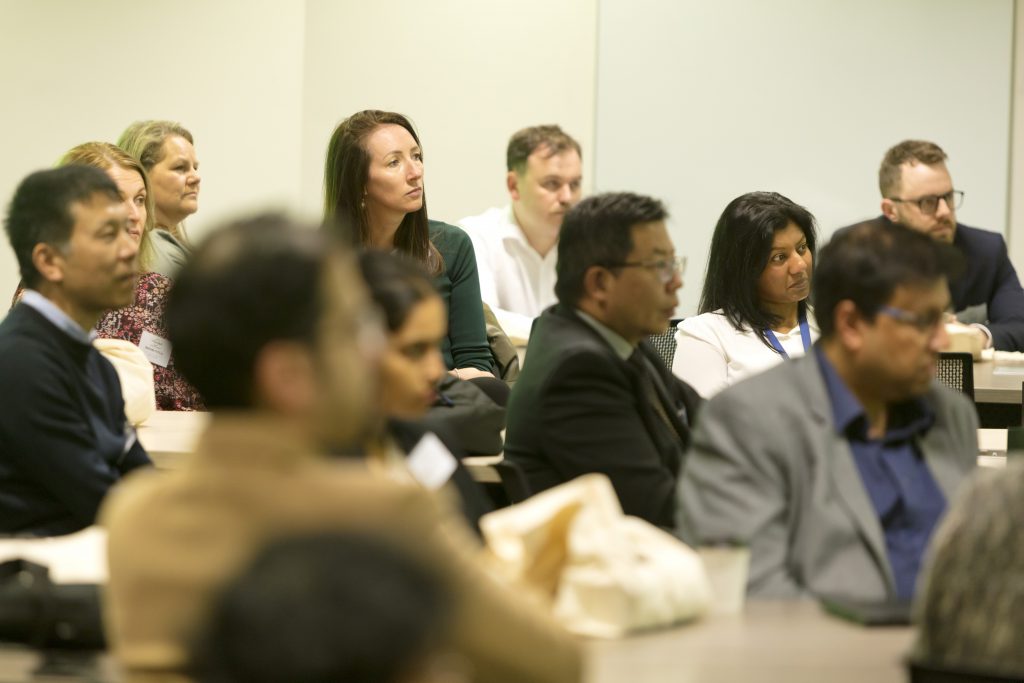
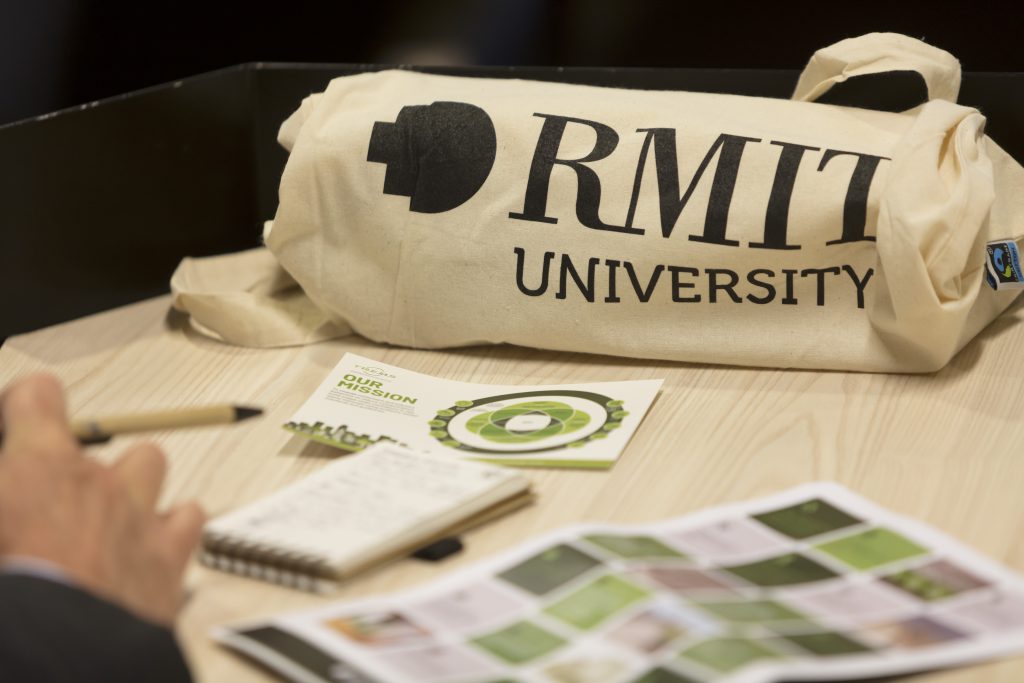

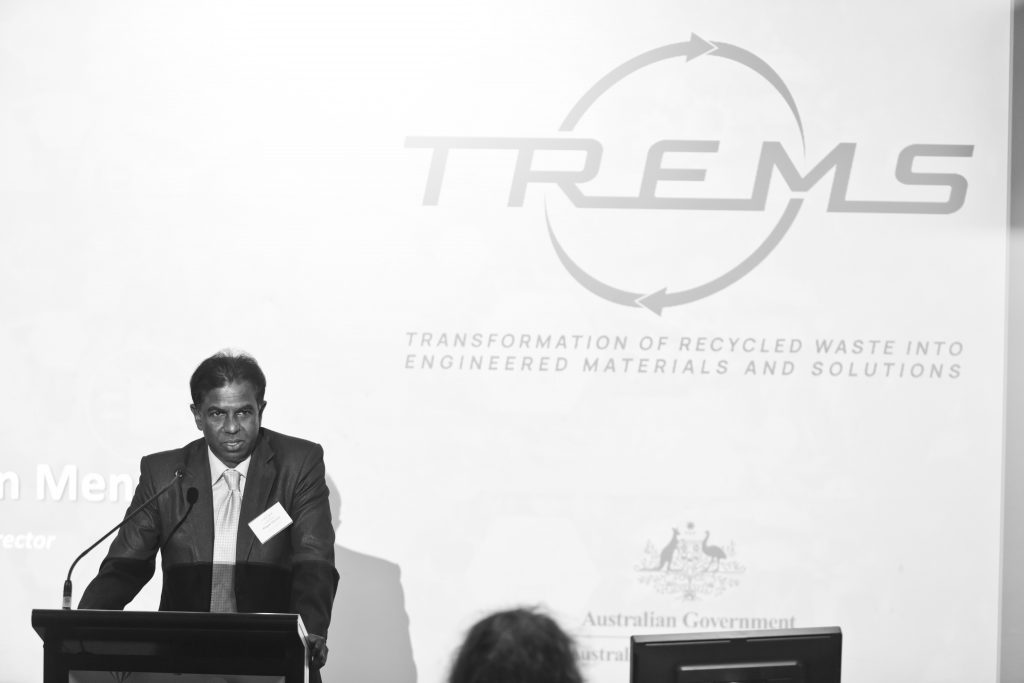
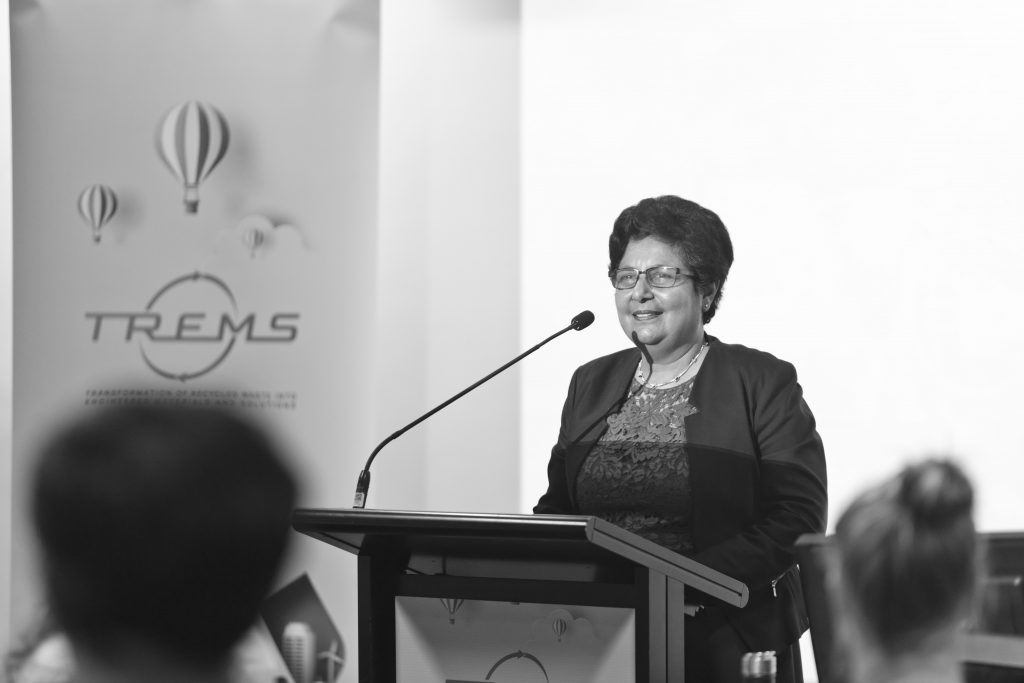
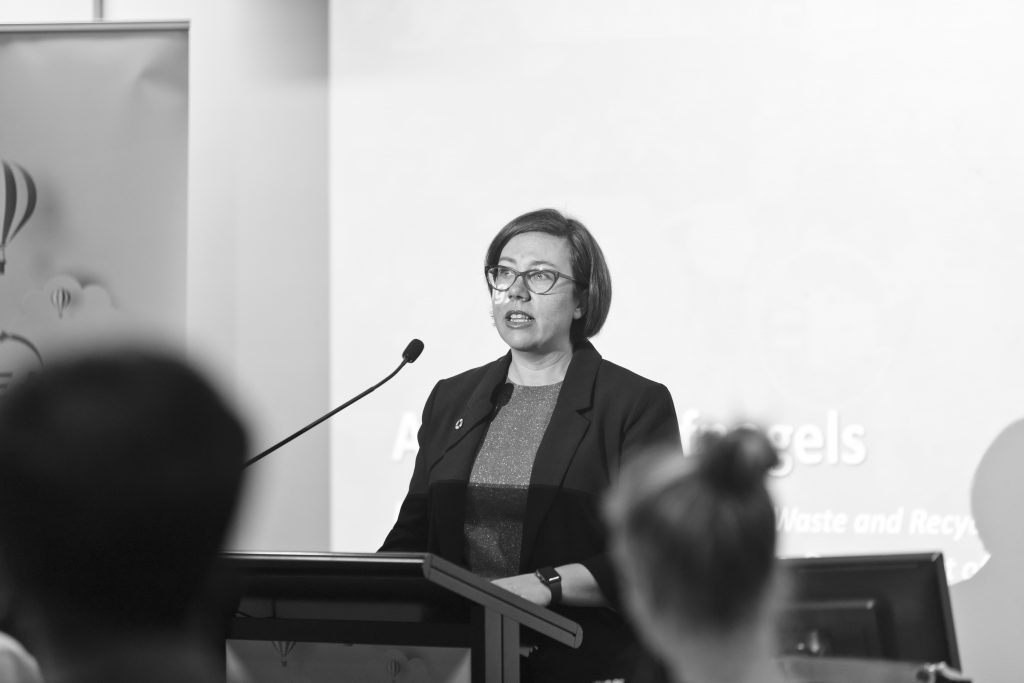


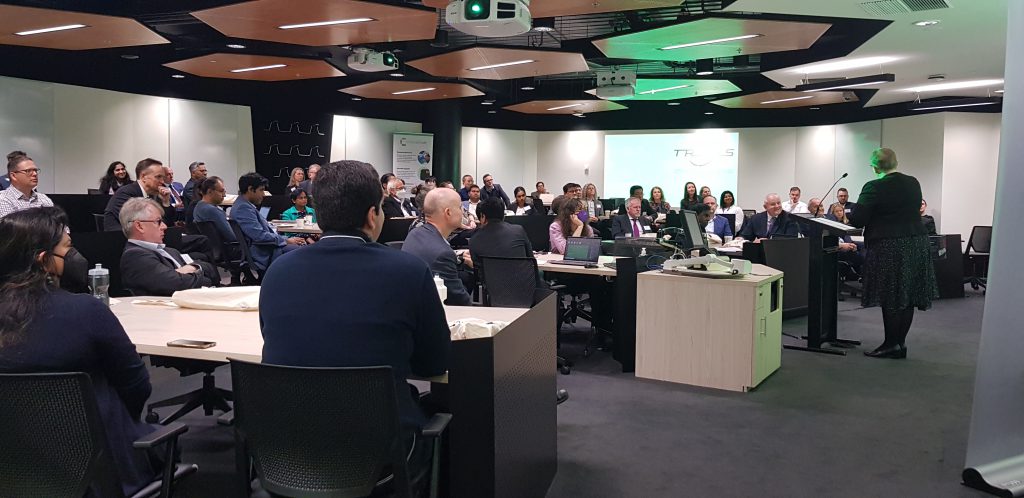
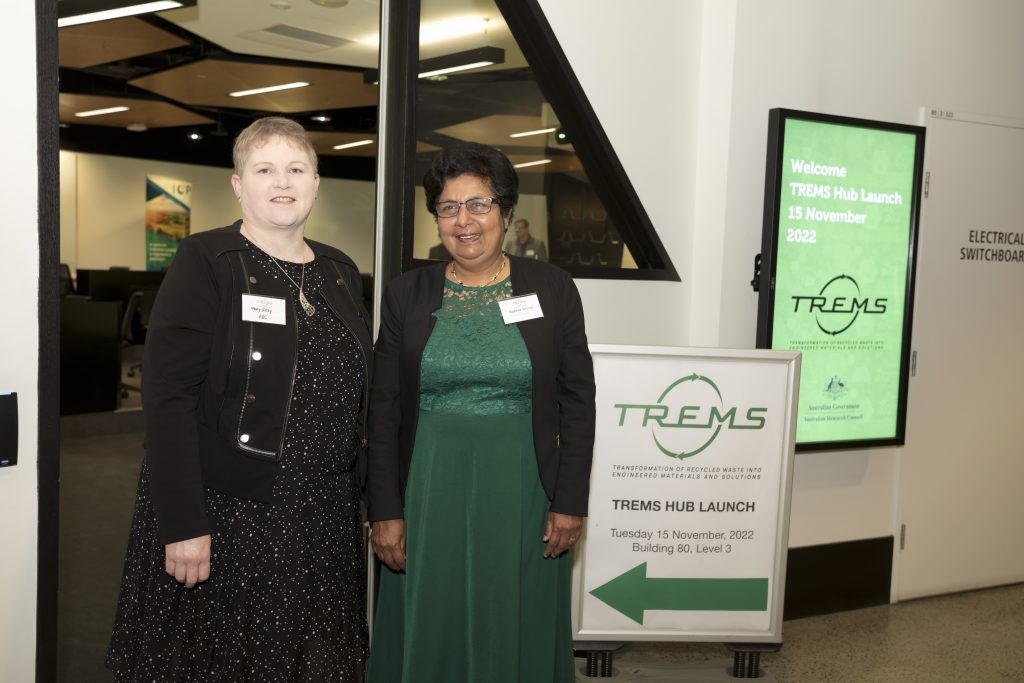
Mid November, RMIT marked the launch of the TREMS Hub, a #research hub focused on tackling the #global waste #crisis.
This is a timely initiative and is made possible by funding and #collaboration from the Australian Research Council and state, industry and international #partners.
Lead by RMIT and University of Melbourne, the hub has been working for the last 18 months exploring new ways to engineer #construction and other high-value materials from recycled household, #commercial and #industrial waste to develop innovative solutions for practical application.
The hub has 35 projects in progress supported by 36 #industry partners. RMIT Vice-Chancellor and President, Professor Alec Cameron, said that with Australia’s landfill space expected to reach capacity by 2025, it is incumbent on the University to be part of the solution.
“The Hub’s research program aims to find holistic #solutions to address this crisis, co-designed in partnership with stakeholders across the entire value chain of waste.” he said.
TREMS colleagues were so fortunate to have three eminent speakers Tony Circelli, from Recycling Victoria, Christina Chin from EcologiQ and Phil Gurney from Breakthrough Victoria share the opportunities for collaborations between Victorian government and the TREMS hub to translate the ARC funded academic research.
“Together with our partners, the hub will aim to reduce the waste diverted to landfills and contribute towards the goal of 43% #emissionsreduction by 2030.”
Thank you to our speakers and attendees for coming together to celebrate this milestone!

Western Sydney University’s Distinguished Professor Vivian Tam has been awarded an Australian Research Council (ARC) Future Fellowship, attracting more than one million dollars for the development of Het-Crete, the world’s first building material for high grade construction that uses mixed construction and demolition waste, combined with environmentally friendly chemicals.
Distinguished Professor Tam, from the School of Engineering, Design and Built Environment at WSU, was awarded $1,109,924 for the project, ‘Het-Crete: High-Grade Chemical-Treated Heterogeneous Recycled Concrete’. The research is set to address the grand challenges of CO2 emissions and landfill reduction within the construction industry.
“Developing and advancing environmentally friendly recycled materials is my passion, so I am delighted with this funding announcement and hope our project will raise environmental awareness and confidence across the construction industry as well as significantly elevate Australia’s world standing in recycled concrete research,” said Distinguished Professor Tam.
“Of the more than 20 million tons of mixed construction and demolition waste generated annually in Australia, only 5% is recycled and less than 1% is adopted for low-grade construction activities. Our project hopes to solve Australia’s mixed construction and demolition waste disposal problem and lower its greenhouse-gas emissions at the same time.”
As part of the 2022 Future Fellowship scheme, the Australian Government is funding 100 mid-career researchers with $94 million to focus on finding solutions for key industry challenges and training the next generation of researchers.
The Future Fellowships scheme supports research in areas of critical national importance by giving outstanding researchers incentives to conduct their research in Australia. The aim of the Future Fellowships scheme is to attract and retain the best and brightest mid-career researchers.
The TREMS Hub is proud to have Distinguished Professor Tam on the team. You can read about her project “The use of carbon-conditioned recycled aggregate for recycled concrete applications” objectives here.
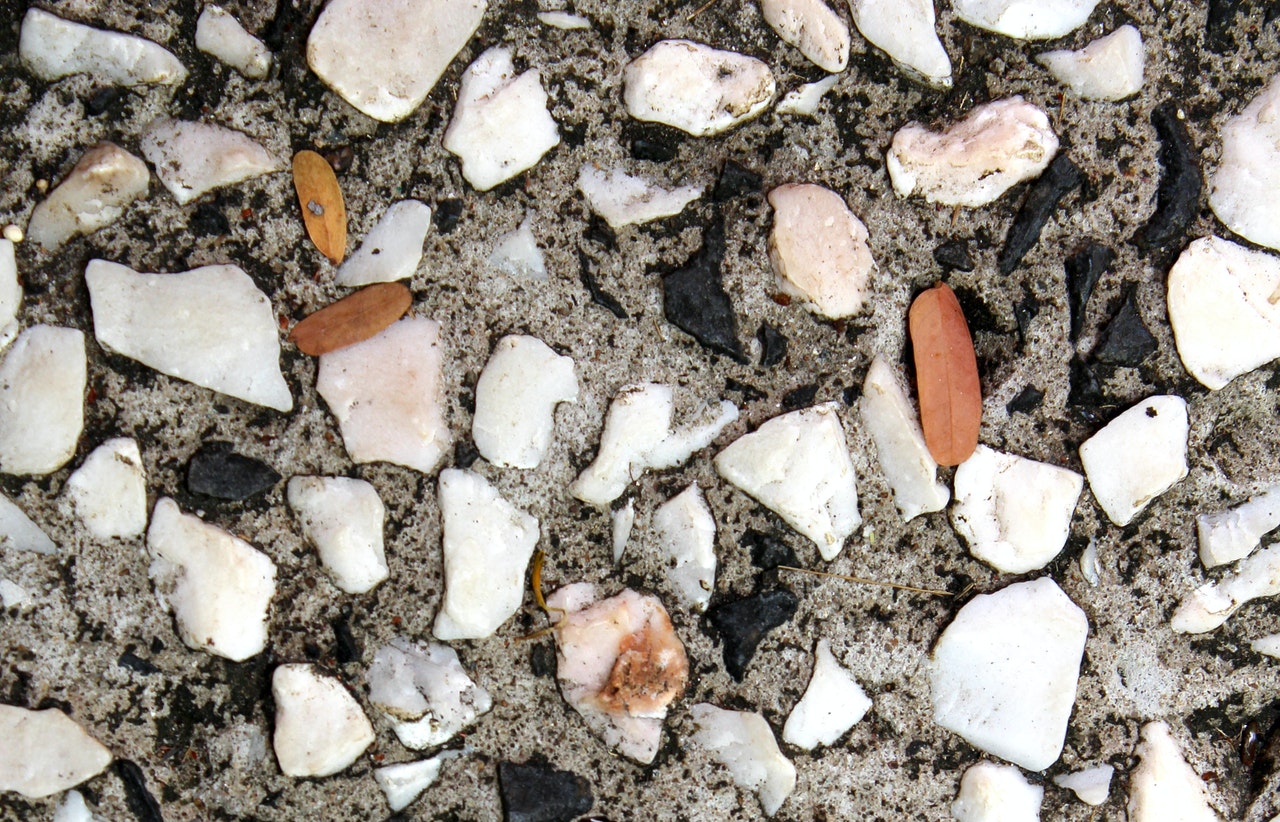
With the production of more than 16 billion metric tonnes per year, concrete has become the most widely used material on earth. Thus, the aggregates, which occupy three-quarter of the volume of concrete is also subjected to high demand. The production of aggregates to match the demand increment of concrete has become a challenging task. The increased production of quarried and crushed coarse aggregates raises concerns as it emits significant quantities of greenhouse gases. Objections to opening quarry pits, problems associated with dumping of construction and demolition waste, taxation policies and subsidies are some other major factors influencing the adoption of environmentally friendly aggregates in concrete. In addition, finding a sustainable alternative to conventional quarried aggregates is also of importance. With the current consumption trends, Australia has to produce 210 million tonnes per year by 2056, which is more than 50% increment in comparison to the current production rates. Over the past decade, significant research has been conducted to alleviate these concerns regarding coarse aggregate demand. However, the currently available alternative coarse aggregates have drawbacks such as complex production procedures and high associated costs making them less feasible solutions. As such, there remains an imperative to investigate the performance and viability of alternative sustainable aggregates for use in concrete. RMIT research team developed new coarse aggregate! The production of geopolymer coarse aggregate (GPA) employs high pressure and reduced temperature production techniques to process low calcium fly ash, adding value to abundant industrial waste material. The optimized mix design produces 32 MPa compressive strength at 28 days with 100% replacement of quarried aggregates with this naval geopolymer coarse aggregate. RMIT researchers are currently investigating the long term engineering performance of this geopolymer coarse aggregate concrete. They will further investigate the damage response of this concrete using relevant computer models.


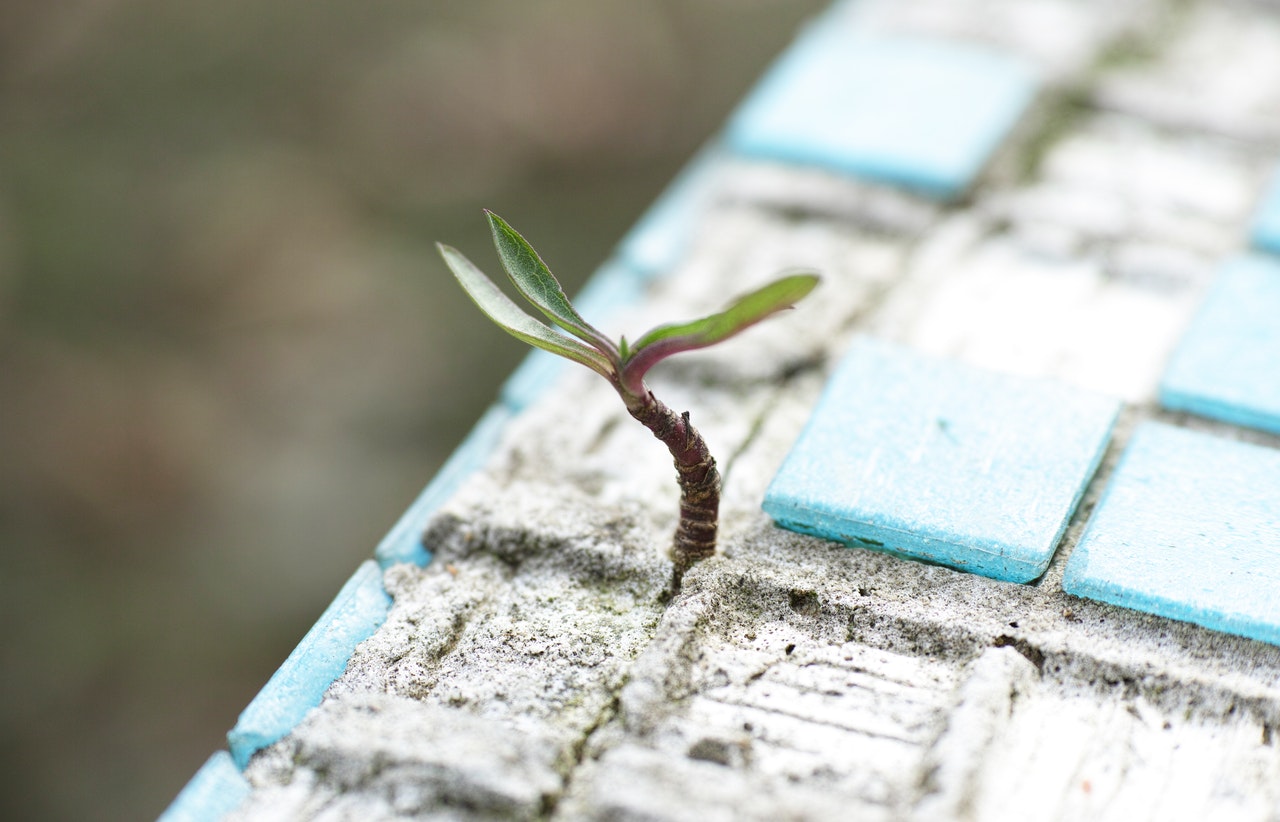
Urban runoff contains significant amount of heavy metals, nutrients, suspended and colloidal particulate matters, and other aqueous and non-aqueous phase pollutants. Therefore, urban runoff has been identified as a major source of non-point source pollutants. Further, the pollution of water resources due to heavy metals has been an increasing worldwide concern for the last few decades as heavy metals are non-biodegradable and could be passed along the food chain through bio-accumulation. Furthermore, increase of urban runoff volume due to impervious paving in urban areas consequently reduces the soil water infiltration and the groundwater recharge.
Permeable pavement development having functional paving materials has gained wider attraction, as functional materials are able to reduce level of pollutants in urban runoff through various mechanisms like filtration and sorption of runoff while the pervious structure helps increase the infiltration of water. However, only a limited number of studies have focused on integrating functional materials such as bio char, the product from thermochemical pyrolysis of biomaterial with pervious concrete.
Bio char is having a range of applications due to its excellent reactive properties, perseverance, non-toxicity and low cost. Since raw materials for bio char manufacturing are plentiful, inexpensive and readily available their utilization for the removal of pollutant is gaining attention as a simple, effective and economical means of water treatment.

Many literature reports that bio char has the potential to remove the suspended particulate matter, attenuate heavy metals and organic pollutants, and adsorb or degrade biological pathogens. RMIT researchers currently investigate the possibility of utilizing bio char as the functional component in cement based pervious pavement manufacturing material.
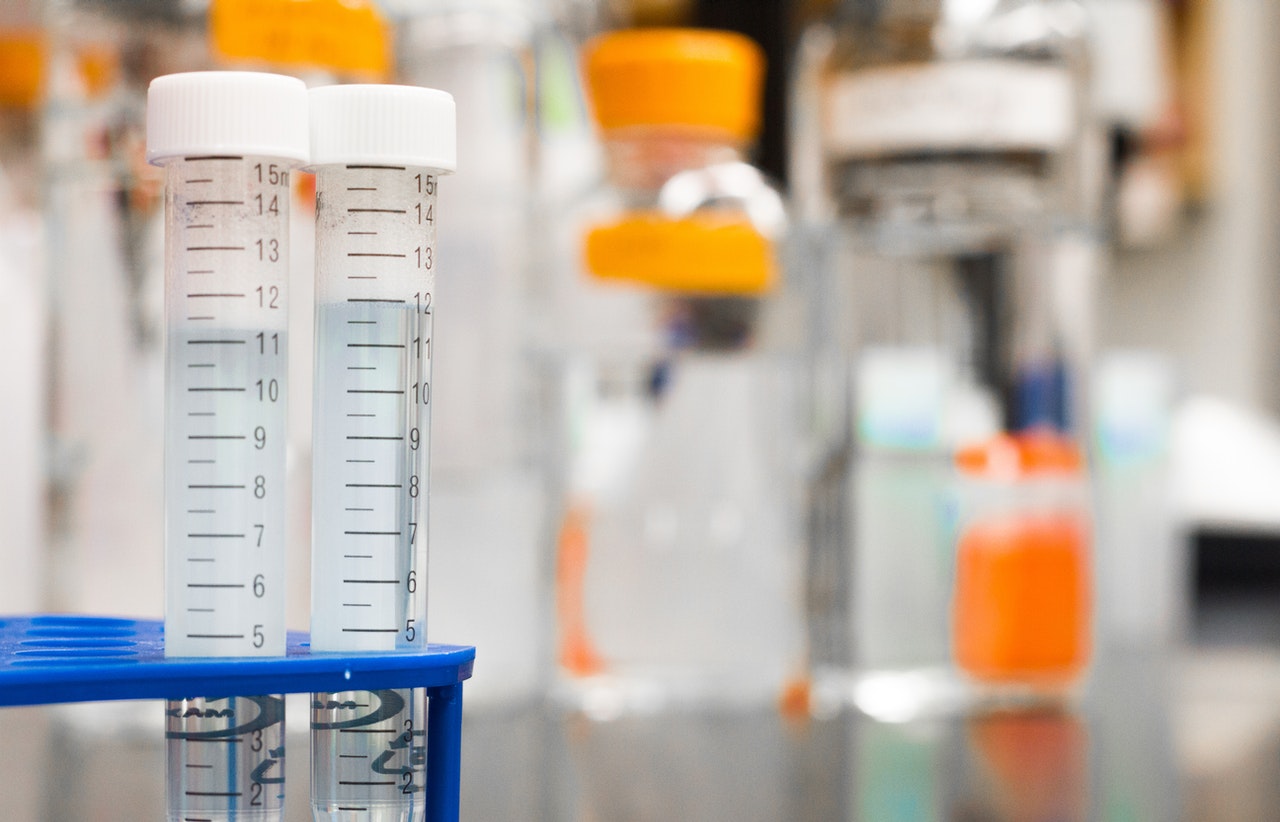
Achieving sustainability has become one of the key aspects of the construction industry in recent years. Thus, developing green construction material has a key role to play especially to minimize the carbon footprint. Concrete is the most commonly used construction material with a rapidly increasing demand over the years. Unfortunately, the main compound of concrete, cement whose production process is one of the largest contributors towards the global CO2 emission. Through decades of extensive research, using alternative cementitious materials to replace cement in concrete was found to be an effective and efficient way of minimizing cement production, thereby reducing the CO2 emission. Among several materials including blast furnace slag, silica fume, hydrated lime etc., fly ash was one of the most viable alternatives because of its abundant availability. Thus, the development of High-volume fly ash (HVFA) concrete, in which more than 50% of cement was replaced with fly ash in concrete was introduced. The reason for the viability of HVFA concrete was not just the availability of fly ash, but it also showed improved workability/permeability, low drying shrinkage and improved durability properties against aggressive solution including sulphates/acids/chlorides. On the downside, HVFA concrete had lower early age strength properties because of the low reactivity of fly ash. Incorporating material additions such as hydrated lime, silica fume and nanomaterial including nano-silica/nano calcium carbonate was found to be effective in enhancing the early age properties of HVFA concrete.
RMIT University researchers are developed HVFA nano-composite upto 80% of Portland cement replacement. Long term performance of this novel concrete is currently being assessing through detailed laboratory experimental program. In addition, simulating hydration behaviour of HVFA binder is also investigating in collaboration with Hokkaido University, Japan. Viability of HVFA concrete in actual field applications will be investigated using scaled-up concrete elements for structural performance and durability.


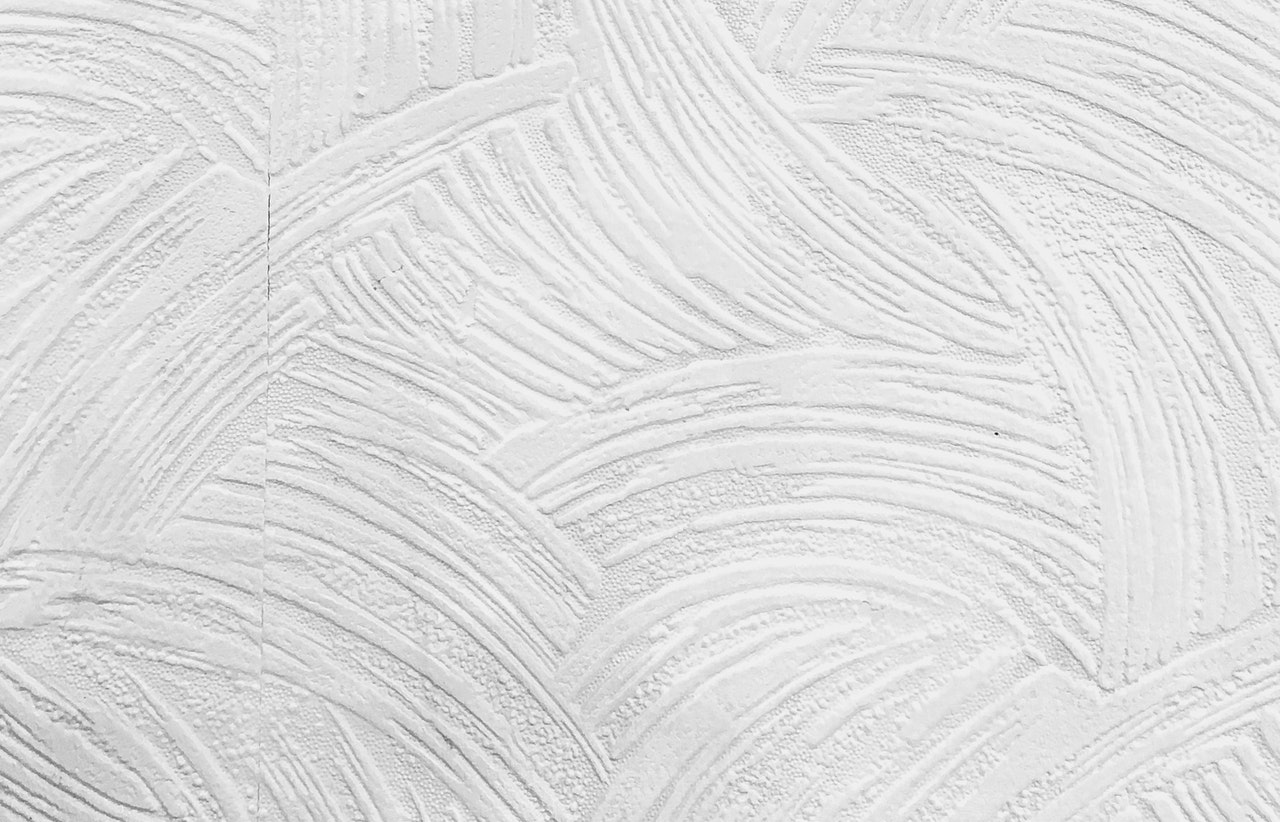
Textile waste is currently becoming serious issues due to the consequences of fast fashion and throw-away culture. Australia is ranked as the world’s second-largest nation for textile consumption, with each individual purchasing average of 27 kilograms of textile-based products per annum, being twice the global consumption average. Estimated dispose of textile-related items per Australian is roughly 23 kilograms – 85% of purchased garments and household textile, with two-thirds of discarded items being made of synthetic fibres which are derived from petroleum sources. Each year, it was estimated that more than 500,000 tonnes of textile-based products with exceeding 85% of post-consumer textile products end up in a landfill. That is less than 15% is currently being recycling! This problem could greatly impact on the environment and health issues. Utilizing textile waste in concrete could create a new way of recycling textile waste, while it could enhance concrete properties. The use of waste textile could also bring benefits to the economy and construction fields towards the trend of sustainable development
Textile fibres are categorised into two groups which are man-made and synthetic fibres. Usually, synthetic fibres are more likely to be used as reinforcement for concrete due to its higher properties and durability in the alkaline environment compared to natural fibres. To recycle textile waste, there are many techniques and processes ranging from mechanical, chemical to thermal recycling methods. The mechanical process tends to be the most used method due to cost-effectiveness and ease of use.
There are many pieces of research that showed the good performance of incorporation of virgin textile fibre in concrete. However, only little studies focused on the use of recycled textile fibres in concrete. RMIT research team investigates the effect of waste recycled textile used such as fibres and reinforcements in concrete.



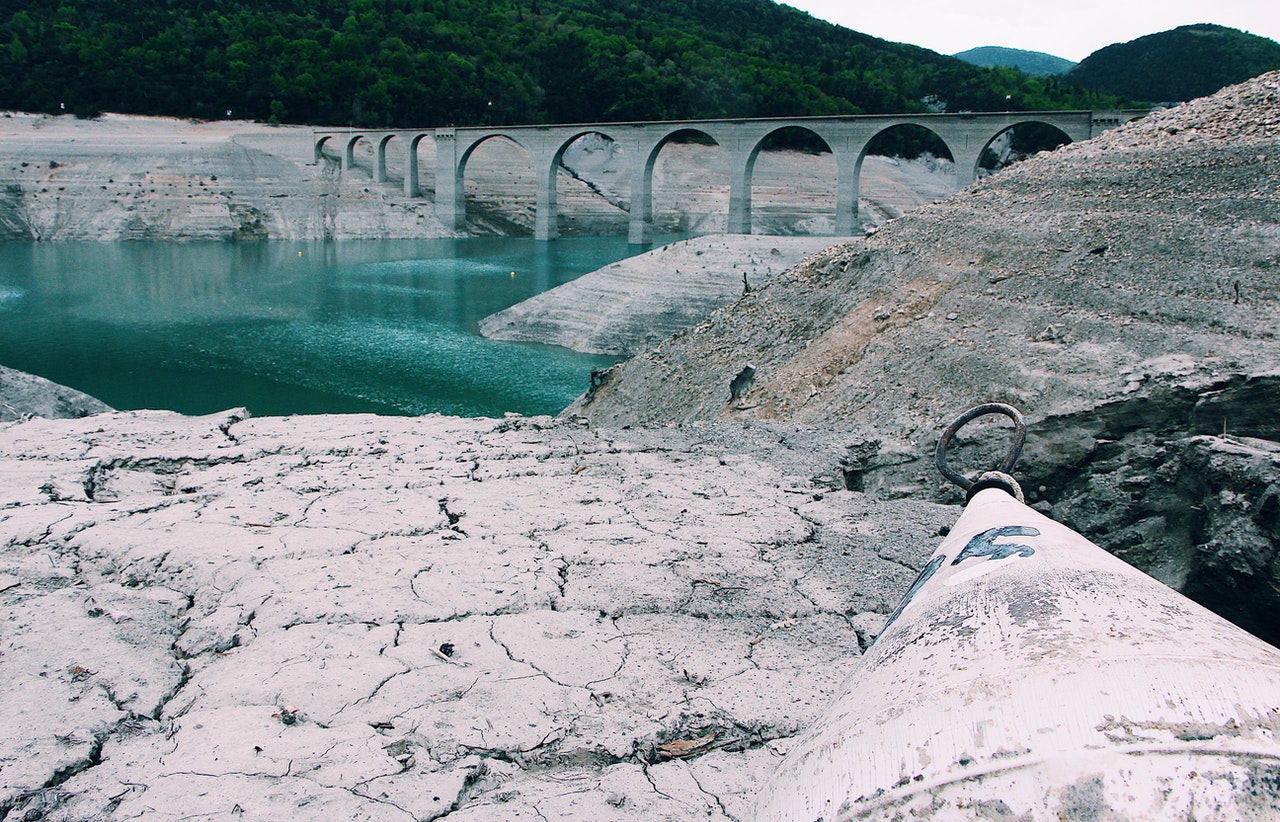
Development and environment nowadays are considered as two interconnected sectors. However, the sustainability of both sectors has to be considered to ensure human progress does not exhaust the resources of future generations. Increasing in development sector inevitably boost demand in the industrial sector that ultimately impact the environment.
The building industry is responsible as one of the main contributors for global extractions which leads to various damages such as contamination of soil, water, and air by emissions from building materials during the production, processing, maintenance, demolition. One of the primary cause of environmental disturbance by the construction industry is the use of un-environmentally friendly materials.
There has been much ongoing research for alternative green construction materials all around the globe, including utilizing fly ash as a primary component in developing concrete materials, fly ash-based geopolymer concrete is one of them. Fly ash is the finely divided residue resulting from the combustion of ground or powdered coal, which is transported from the firebox through the boiler by flue gases (ASTM C618). Utilizing fly ash will minimize waste of coal combustion significantly and reduce the negative impact on the environment.
Geopolymer concrete can be considered as an alternative eco-friendly innovative material to Portland cement concrete. The previous studies in fly ash-based geopolymer concrete reported this material shows excellent resistance in aggressive marine and acidic environment. However, research on the long-term mechanical properties and durability of fly ash-based geopolymer concrete is still limited.
RMIT researchers are currently focusing on these issues! Source fly ash is obtained from Indonesia, as one of the largest coal exporters in the world. The long-term durability of concrete will be investigated, exposed to harsh environments including marine, sulphate and acid & peat acidic environments.




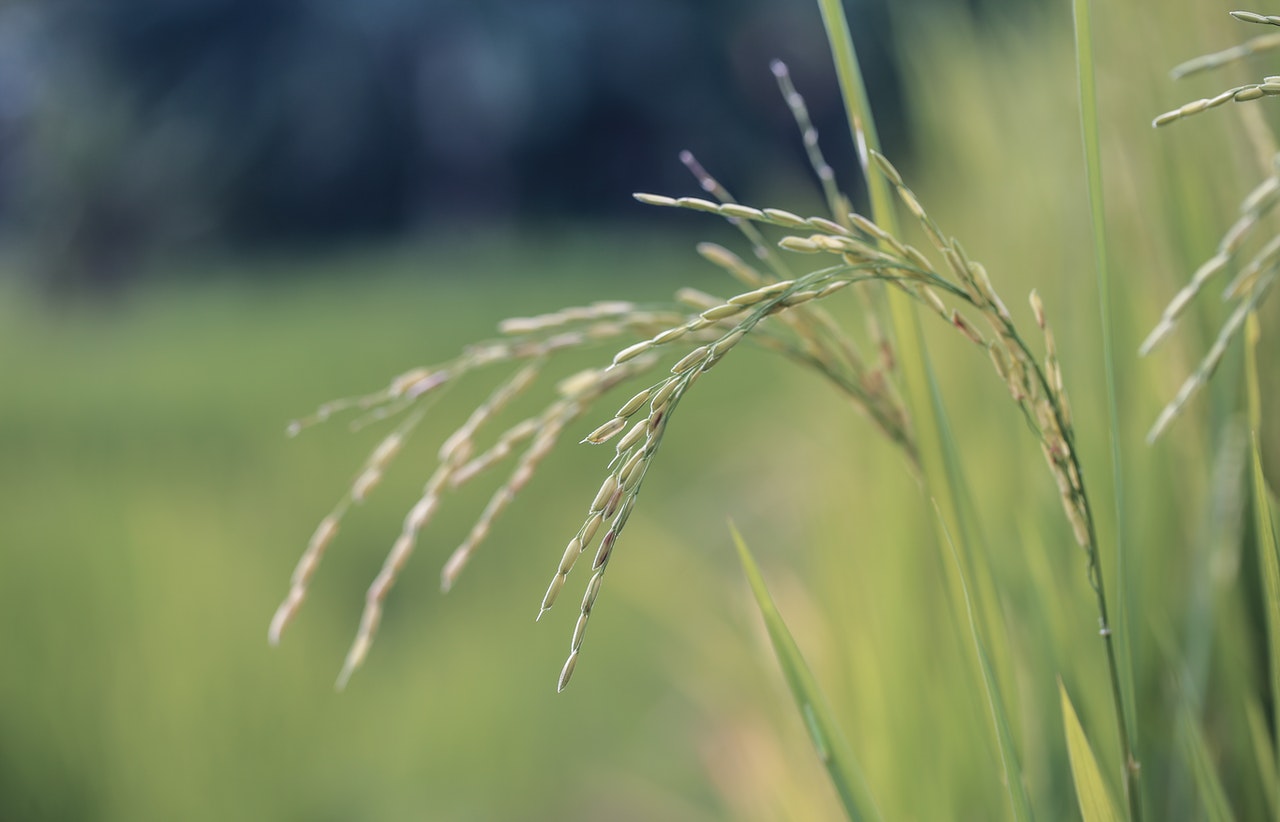
Manufacturing Portland cement (PC) releases significant quantities of greenhouse gases into the atmosphere as it is responsible for about 5-8 % global CO2 emissions accounting for around 2.2 billion tonnes of CO2 emission per year. It has been reported that 0.73-0.85 tonnes of CO2 is released from the production of every single tonne of PC production. Emission of heavy metals such as Cadmium (Cd), Chromium (Cr), Copper (Cu), Lead (Pb) and Zinc (Zn) and generation of a significant amount of fine particulates and dust are another significant issues related to cement production which is toxic for living beings.
In order to overcome the issues related to PC, one of the most promising alternatives is the use of alkali-activated binders, which was first studied in the 1940s. Alkali activated binders have attracted significant interest due to their early compressive strength, low permeability, improved chemical resistance and excellent fire behaviour when compared with PC binders. Reaction products made through the alkali activation process are different from PC, depending on the type of source material used. In other words, alkali-activated binders can be referred to as a sustainable construction binder produced by a polymerization reaction between a source material that is rich in alumina and silica and an alkaline liquid.
Development of alkali-activated binders using industrial by-products such as fly ash and agricultural waste products such as rice husk ash (RHA) has become a promising research area. An estimated 780 million tonnes of fly ash are produced every year, but less than 50% of global production is utilized. Rice husk, an agricultural residue, is used either as a fuel in a boiler in the rice mill to produce steam in the parboiling process or used in small electricity generation plants and other applications. The rice husk produced is converted to ash during the burning process and it is known as RHA. Annually, about 120 million tonnes of RHA is produced globally, posing a lot of environmental issues by disposing it directly to the environment. RHA has no commercial use at present and it is most often dumped into landfills and rivers by creating severe environmental pollution. RHA contains a high amount of reactive silica content (90-95 wt%) with residual carbon as the main impurity. The fineness of the RHA influences the reactivity by yielding a larger surface area. By using finer grounded RHA as a blended material for concrete, the water absorption can be reduced by filling finer pores in the pore structure of concrete. The degree of crystallization of the amorphous silica and the organic content in RHA mainly depends upon the temperature of the burning of RHA, exposure time, oxygen availability during burning and the method of RHA production, including the combustion procedure.
RMIT Researchers are currently developing this sustainable alkali-activated RHA concrete blended with abundantly available industrial waste such as fly ash and slag!



